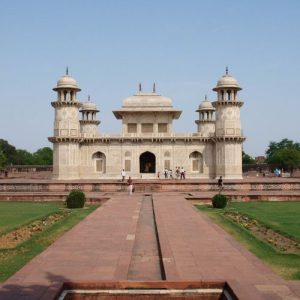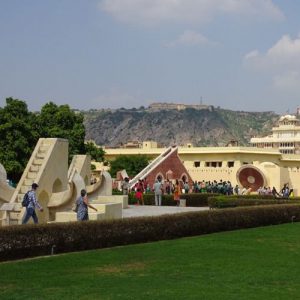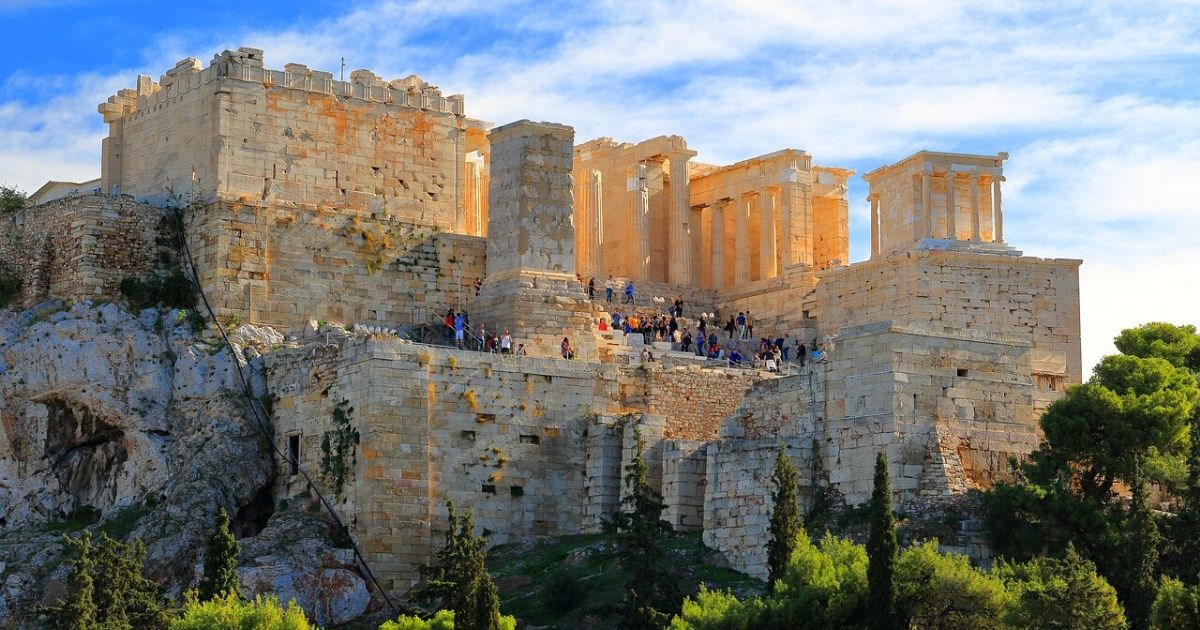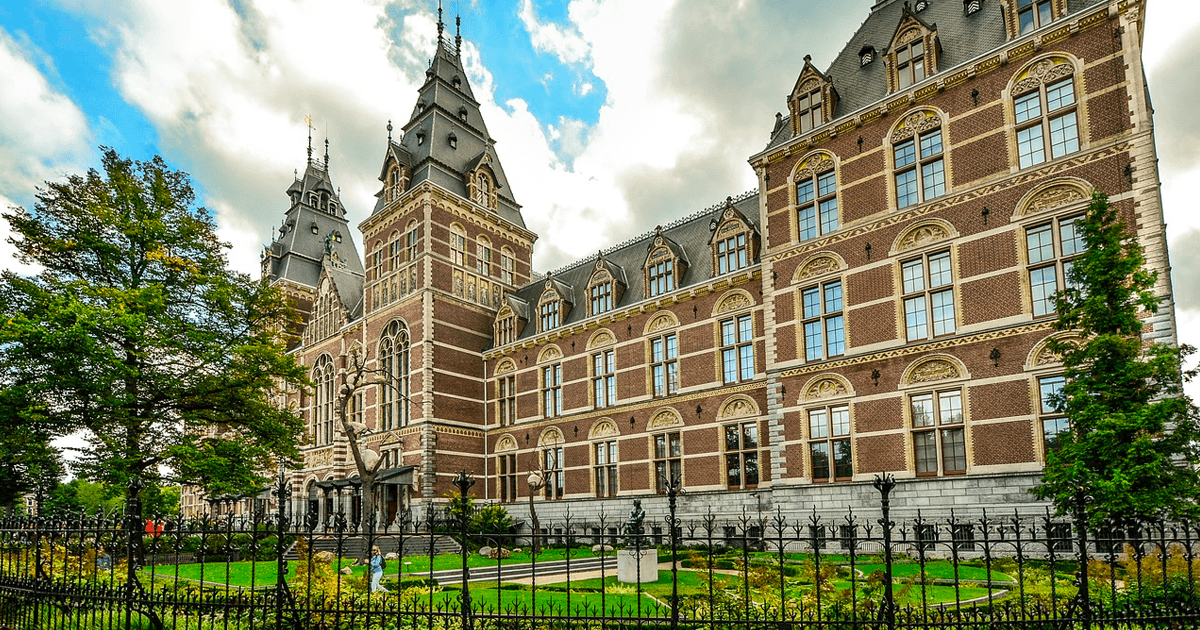About this flexible wheelchair accessible Golden Triangle Tour
This adjustable wheelchair accessible Golden Triangle tour in India allows you to discover India at your own pace. During this trip, you do not have to worry about accessibility. We have taken care of everything you need, so you can enjoy every day to its fullest. Together with locals in India, we develop your tour specifically to your wishes. Itinerary, durations, etc can be adjusted according to requirements, preferences, and budget. Throughout the trip, an experienced guide accompanies you to all the sights. This way, you get to know everything about the Golden Triangle, its history, culture, and more.
The Golden Triangle
The Golden Triangle got its name because of the three cities Delhi, Agra, and Jaipur. On the map, these cities form an almost perfect equilateral triangle. The locals consider these towns golden because of their rich history and cultural influences. In the middle of India, you find Delhi. You pronounce it like dilhi, and ‘dil’ means heart in Hindi, the national language of India. Here, you find a beautiful mix of old traditions of India and modern life. Feast your eyes on the Taj Mahal, the iconic symbol of love and passion.
Visit the city of Jaipur, where you experience the folk culture and spend time with local families. Besides that, you visit an elephant rescue center. Listen to the survival stories, play with the elephants, and even bath them if the elephants are in a good mood. Lastly, have a coffee at a café run by acid attack survivors and listen to their stories. Throughout the whole trip, you eat the best foods of the country and create unforgettable memories.
Traveling to the Golden Triangle in India
The best time to visit the Golden Triangle is between October and March. During that time, the weather is dry and not too hot, with temperatures between 10°c and 25°c. During the summer months, the heat can be unbearable, and therefore it is not advised to travel to India.
As the food is a significant feature of the culture in India, we recommend indulging in the several kinds of streetfood you find everywhere throughout the cities. In Delhi, be sure to taste Chole Bhature and Bishan Swaroop Chaat. In Agra, have some petha and dal moth. And lastly, in Jaipur, enjoy dal batti churma, gatte ki sabzi, kachori, and mutton dishes Laal maas and jungle maas. Ordering is easy because even though the official language is Hindi, English is understood and spoken as well.
Accessible accommodations
In India, there are various hotel options for multiple budgets. Even though you can only find accessible rooms in 4-star hotels, together with local experts, we look for options that suit your needs and wishes. After we give you several choices, you decide on your accommodations.
Meals and diets
As the itinerary of this accessible Golden Triangle tour is flexible, you have the option to tweak it to your liking. All breakfasts are included in the price, but if you wish we can add lunch and/or dinner as well. If you are on any critical medication or have any food allergies, notify us before your trip. That way, we can guarantee that these needs are taken care of throughout the entire trip.






















